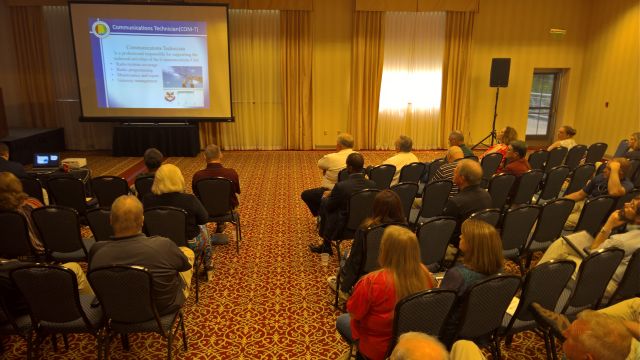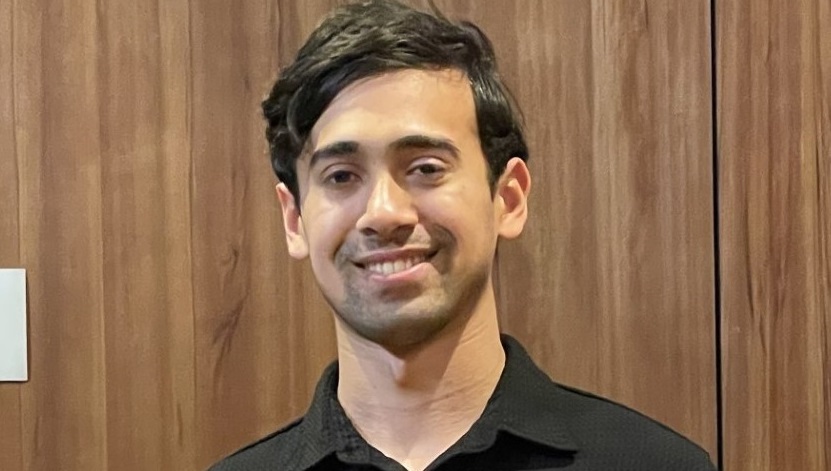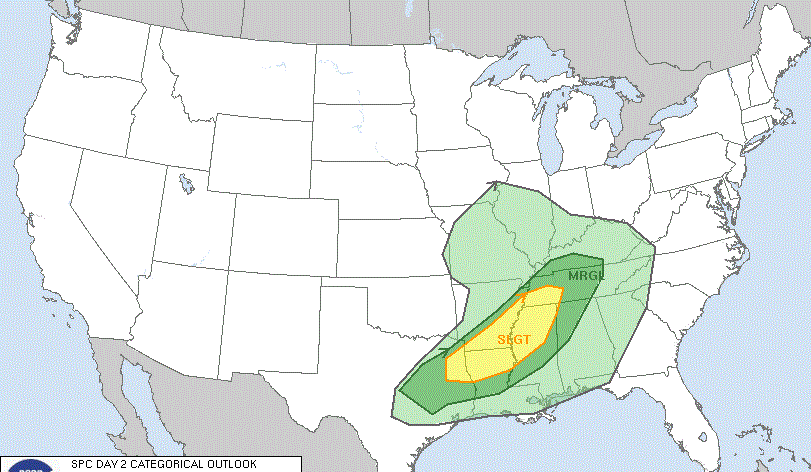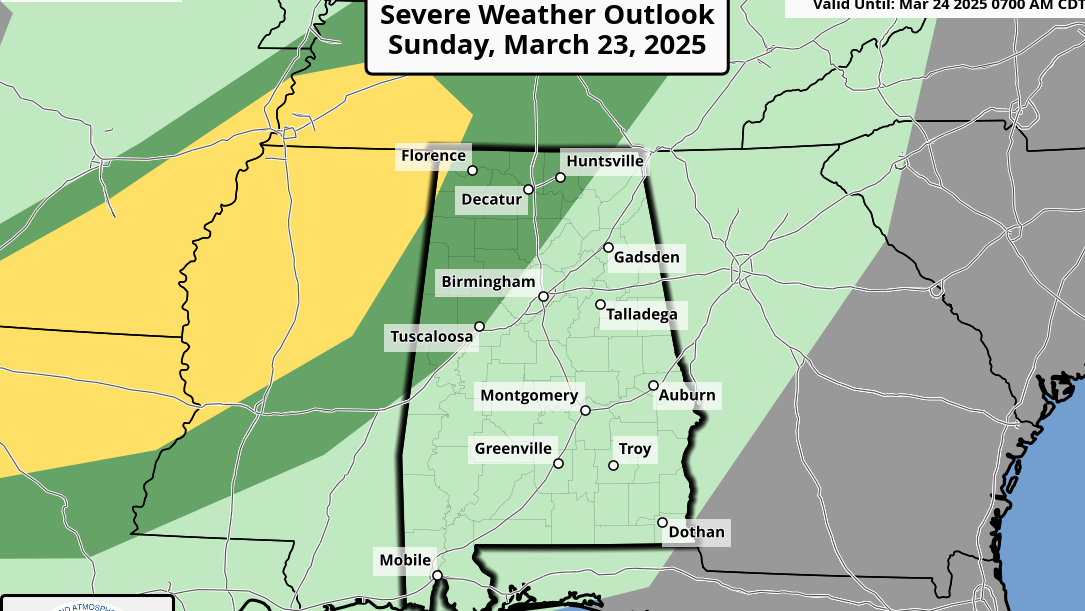Disaster coordinators want better and faster response to emergencies

Alabama has seen its share of disasters the past few years, but those in charge of planning and response aren’t coasting on experience.
More than 140 emergency coordinators are in Florence for the Alabama Governor’s Preparedness Conference. Representing 55 counties and more than a dozen state organizations, the goal is improving the way we handle the unexpected.
Conference sessions cover best practices in planning, the use of aerial photography, radiological threats and standardization. The most valuable activity might just be between those sessions, however.
Disaster coordinators want better and faster response to emergencies from Alabama NewsCenter on Vimeo.
“Networking is so important. If you’re building a relationship during a disaster, you’re doing it at a completely incorrect time,” said Greg Robinson, public information officer for the Alabama Emergency Management Agency (AEMA.) “It’s pre-disaster when you work on getting to know each other.”
Conferences like these provide training opportunities that the counties could not easily assemble on their own. This year, subject matter experts are lending their expertise about rail accidents, hazardous materials and the potential impacts of a radiation emergency.
Each emergency brings unexpected challenges, and there is no way to plan for every contingency. The role of emergency management isn’t having an answer for every possible issue, but to streamline the flow of information and to coordinate distribution of resources to an affected area.
Planners and managers are staying on top of trends that affect response, like the use of social media, and how they can streamline common practices and processes to better work with each other.
“Each county has their own operation and their own way of doing things,” said AEMA Regional Coordinator Don Hartley. “Right now, one of the trends is at all levels to standardize and simplify the way we do things to bring a better and faster response to the public in need.”








